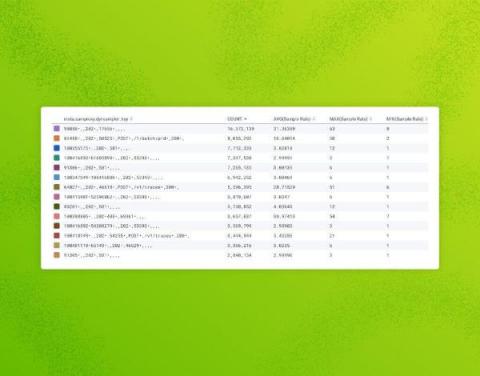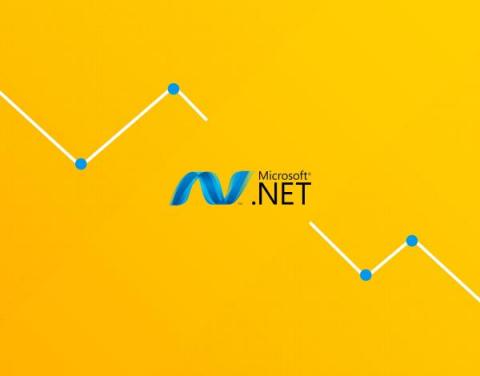Honeycomb's Deployment Protection Rule for GitHub Actions
Today, GitHub announced the public beta of Deployment Protection Rules for GitHub Actions for GitHub Enterprise users. In support of that launch, we’ve partnered with GitHub to create the Honeycomb Deployment Protection Rule (available as a GitHub App). This rule lets you run Honeycomb queries so that you can get real-time performance feedback from your services before deciding whether to prevent deployment of your code to a specific environment.











